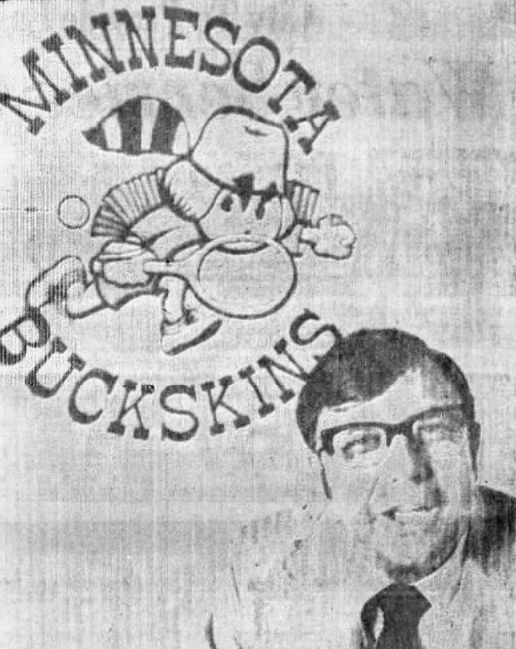Yep, they were going to do this again.
Two days away from the start of the 1973 US Open, the International Lawn Tennis Federation was threatening a ban. Or the possibility of a ban, or something. The ILTF’s member federations were worried about World Team Tennis and the increasing number of star players the league was hoovering up.
In response, the ILTF would leave no threat unlevied.
It had been weeks since the Team Tennis draft and the announcement that Billie Jean King and John Newcombe would take part in the league’s 1974 summer season. Minnesota Buckskins owner Lee Meade tried to capitalize on the excitement surrounding the US Open by announcing, on August 27th, his signing of Linda Tuero. Compared to King, Newk, and other WTT signees such as Rosie Casals, Tuero was small fry.
Then again, Niki Pilić wasn’t a contender either. And he brought down Wimbledon.
Linda never made it to the press conference. According to her lawyer (and former top ten player) Gene Scott, USLTA president Walter Elcock “told Linda that if she played WTT or or did anything to indicate that she played WTT, the International Lawn Tennis Federation would ban her.”
Though Scott rightly called the threat “ill-conceived and ill-timed,” it didn’t come out of nowhere. A few days earlier, the ILTF had sent a letter to the American federation with a reminder that the international body had the power to ban players who signed contracts with unsanctioned organizations that interfered with ILTF events.
The appetite for self-destruction was astonishing. The decision to ban players was in the ILTF’s hands, and a US Open official admitted that stars might be ruled out of competition “one minute before they step on the court for their first match.” Perhaps not coincidentally, King and Newcombe weren’t on the schedule for the first day of play.
Most galling of all, all the Americans could do was wait. Would the showcase event of the season be compromised by yet another ban- or boycott-riddled field? Long-time tournament director Bill Talbert didn’t know. “I wouldn’t doubt it,” he said.
The New York Daily News summed up the state of the game: It was the “controversial sport of tennis.” Dissension was no longer occasional: It was endemic. For all of the so-called “peace agreements” of the last twelve months, major conflict still loomed. The Forest Hills faithful could only hope it would leave the Open unscathed.
* * *
This post is part of my series about the 1973 season, Battles, Boycotts, and Breakouts. Keep up with the project by checking the TennisAbstract.com front page, which shows an up-to-date Table of Contents after I post each installment.
You can also subscribe to the blog to receive each new post by email:
